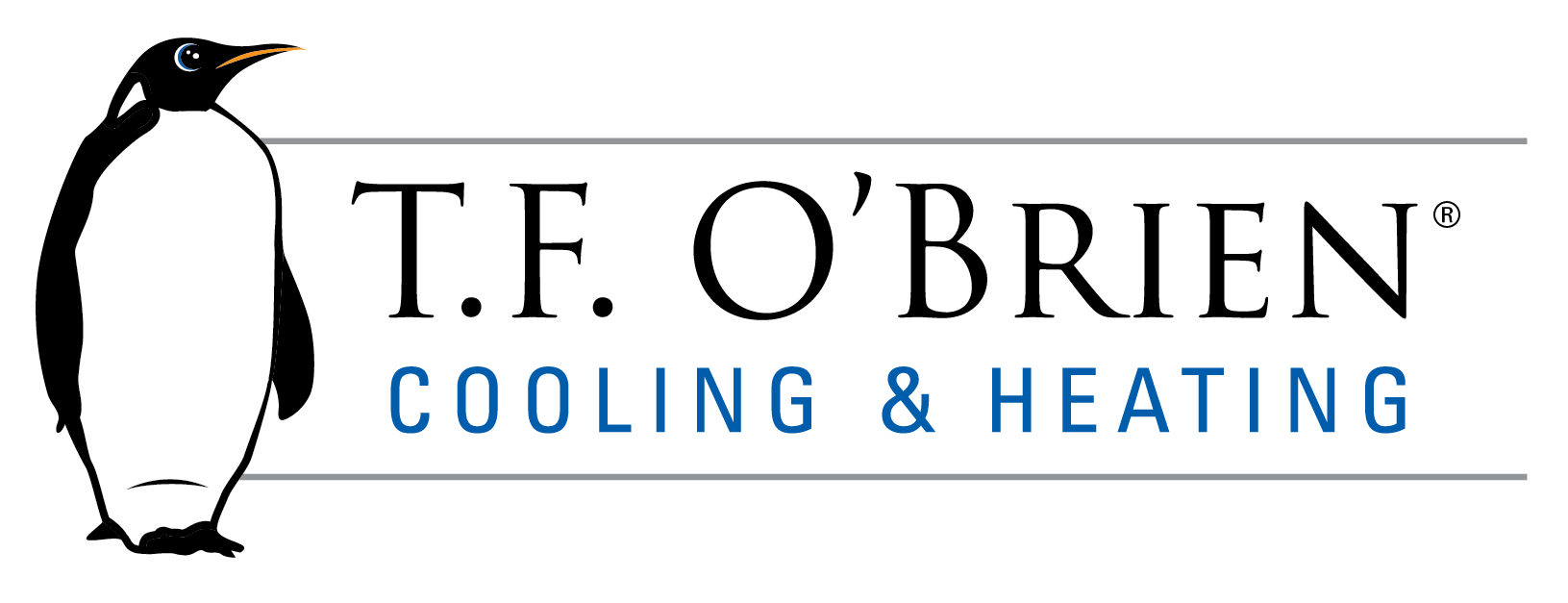Each Season Has Allergy Challenges, Improve Your Indoor Air Quality
August is the official start of the fall allergy season. Although there are many contaminants to be avoided, ragweed is a main culprit that sets off bouts of sneezing, sniffling and watery eyes. New Yorkers are not immune. Even surrounded by concrete and steel, the lightweight ragweed spores can travel up to 400 miles. Each plant can produce a billion pollen grains so, there definitely are enough to go around.
Keeping your home’s indoor air quality high is one of the best ways to fight seasonal allergies from ragweed and other sources. To help reduce your exposure, here are a few tips:
- Dry all clothes inside in the dryer.
- Before starting your heating system, consider having your ducts cleaned. Accumulated spores and dust can be blown into the home when the system first starts up.
- Make sure you have a clean filter.
- Shower after coming inside at the end of the day to reduce pollen transfer.
- Consider getting electronic air cleaners to handle the allergens your filtration system misses. Whole-house or room cleaners can purify home air, increasing your indoor air quality.
- Wear a mask while raking leaves to avoid ragweed and mold spores.
- Monitor indoor humidity levels to keep them between 35 and 50 percent.
- Vacuum regularly.
- Bathe pets once per week to keep dander and pollen out of their fur.
If you have additional questions about keeping your indoor air quality high to help control seasonal allergies, contact us at T.F. O’Brien Cooling and Heating. We’re experts on indoor air quality and we can help you avoid the effects of the ragweed season. Call on us to keep your family breathing easier — we’re here to help.
Our goal is to help educate our customers about energy and home comfort issues (specific to HVAC systems). For more information about indoor air quality and other HVAC topics, download our free Home Comfort Resource guide.
